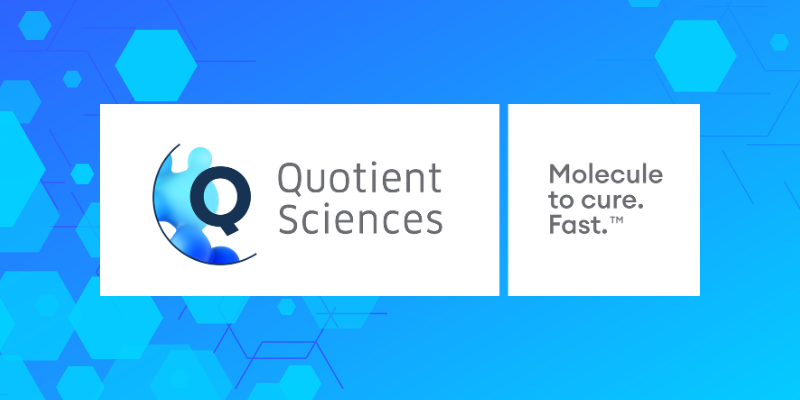Helen Baker, Director of Pharmaceutical Sciences, has been featured in Drug Development & Delivery's special feature article, "Outsourcing Formulation Development & Manufacturing: Understanding Critical Attributes Earlier in Development Leads to a More Robust Drug Product."
Formulation development and manufacturing outsourcing compress timelines and mitigate risk, enticing many pharmaceutical and biotech companies worldwide to partner with outsourcing service providers in the early phases of the drug development process. This has resulted in an economic impact on the global formulation development outsourcing market, which is expected to reach a value of $31.8 billion by 2027, up from $21.1 billion in 2021
“Clients need to ensure they partner with a CDMO that has a good awareness of both material supplier lead times, availability of alternate merchants, and who have the expertise to offer up viable alternatives that would not impact the performance of the end product,” says Helen Baker, Director, Pharmaceutical Sciences, Quotient Sciences. “A CDMO capable of both preempting and adapting to supply chain issues, while maintaining the integrity of a comprehensive and thorough development plan will be most attractive to pharmaceutical clients.”
The pandemic also forced the industry to pivot toward new therapeutics, particularly mRNA-based drugs. As a result, many CDMOs have invested in new facilities and state-of-the-art equipment focused on biologics manufacturing.
This annual, exclusive Drug Development & Delivery report describes how drug sponsors and CDMOs are collaborating earlier, highlights how third-party contractors are navigating material shortages, and discusses how the industry is shifting to address different therapeutic targets and molecules, such as mRNA.
Quotient Sciences: Clinical Testing & Development Under One Roof
A recent formulation development challenge that Quotient Sciences faced involved a BCS class IV candidate destined for solid oral delivery. The molecule exhibited poor solubility and permeability, with erratic absorption as an inevitable consequence. Although numerous solubility enhancement techniques exist, a critical factor in development was to ensure that the dosage form selected must be consistent and scalable to a sufficient size to support a commercial campaign.
Hot melt extrusion offered not only a vehicle for manipulating the absorption properties by allowing for the incorporation of enhancement aids but was easily controlled and scaled-up, with the additional benefit of optional continuous manufacturing.

